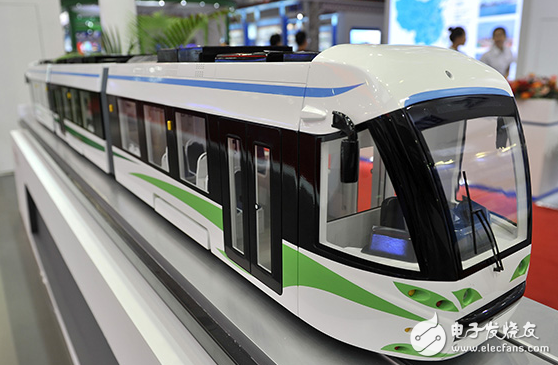As national efforts intensify to develop a timeline for phasing out fuel vehicles, the question arises: what will replace them? While lithium batteries remain a hot topic, a cleaner and more efficient energy source is gaining traction—hydrogen energy. This emerging technology has captured the attention of industry leaders, with many listed companies already making strategic moves. Analysts believe that a combination of supportive national policies, technological breakthroughs, and growing market demand could soon make hydrogen fuel commercialization a reality, potentially leading to a major industry boom within the next 3 to 5 years.
In a significant development, French rail transit giant Alstom announced on November 9 that the world’s first hydrogen-powered train will officially launch in Germany in 2021. The project marks a milestone in sustainable transportation, signaling a shift away from traditional fossil fuels.

Alstom signed a contract with a railway company in Lower Saxony, Germany, to supply 14 hydrogen fuel cell trains. The first successful test run took place in March of this year, proving the feasibility of the technology. Although hydrogen fuel cell vehicles are already available in the market, this is the first instance of hydrogen being used to power a train.
The hydrogen-powered train made its debut at a rail technology exhibition in Berlin last September. It operates using electricity generated from a hydrogen fuel tank onboard. Since hydrogen only produces water when burned, it is considered one of the cleanest energy sources available. Additionally, hydrogen fuel engines operate with significantly less noise compared to traditional combustion engines.
Starting in December 2021, the train will begin service between the cities of Cuxhaven, Bremerhaven, and Buxtehude. With a top speed of 140 km/h and a range of up to 1,000 km on a single charge, it will replace the previous diesel-powered trains. This transition represents a major step forward in green mobility.
Regarding the hydrogen supply, the German side plans to produce the fuel using wind power from Lower Saxony, further enhancing the environmental benefits of the project. As countries around the world seek cleaner alternatives, hydrogen energy is quickly becoming a key player in the future of transportation.
Alternative Energy Transformer Of Switch Power Supply
Switching power supply alternative energy transformers are an innovative and efficient solution for converting renewable energy sources, such as wind and solar power, into usable electricity. These transformers use advanced electronics to regulate and control the flow of energy, ensuring that it is converted into a form that can be easily stored and distributed. Unlike traditional transformers, which can be bulky and heavy, switching power supply alternative energy transformers are compact and lightweight, making them ideal for use in small-scale renewable energy systems. With their high efficiency and low cost, these transformers are quickly gaining popularity among homeowners, businesses, and governments looking to reduce their carbon footprint and increase their use of renewable energy sources.
Alternative Energy Transformer,New Energy Transformer,Customized New Energy Transformer,Switching Power Supply Transformers
Huizhou Show-Grand Electronics Co., Ltd. , https://www.sgtransformer.com